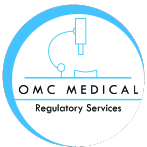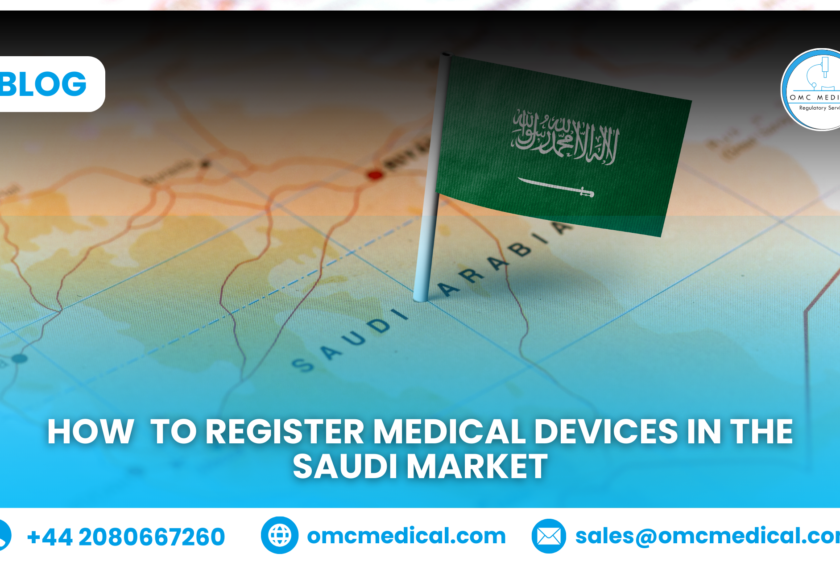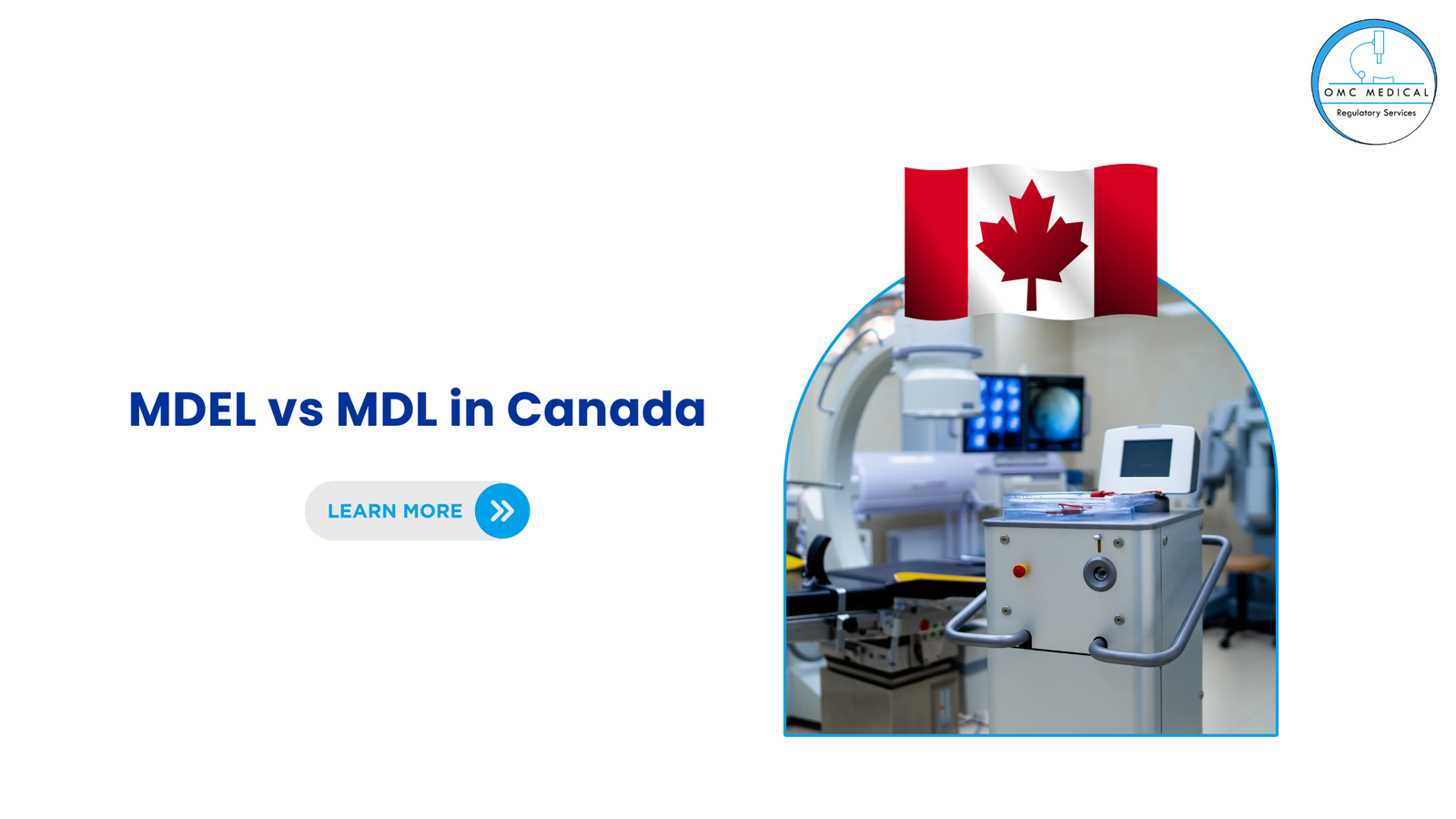Saudi Arabia is a growing hub for the medical device market, presenting tremendous opportunities for manufacturers worldwide. The Saudi Food and Drug Authority (SFDA) regulates the process, ensuring that only safe, high-quality devices enter the market. This guide simplifies the steps to help manufacturers navigate Saudi Arabia medical device registration process efficiently.
Why is Saudi Arabia a Key Market for Medical Devices?
Saudi Arabia is the largest and most populous country in the Gulf Cooperation Council (GCC), with over 37 million people. Its healthcare sector is rapidly expanding, driven by:
- Population Growth: An aging and growing population increases demand for advanced medical devices.
- Healthcare Investments: The government prioritizes healthcare development under its Vision 2030 plan.
- Consumer Awareness: People are adopting modern medical solutions to improve their quality of life.
The market is projected to grow significantly, making it an ideal destination for manufacturers looking to expand.
6 Steps for Saudi Arabia Medical Device Registration

The SFDA oversees the regulation of medical devices and IVDs in Saudi Arabia. Its guidelines align closely with the European Union’s Medical Device Regulation (MDR), which simplifies registration for manufacturers already compliant with EU standards. However, there are Saudi-specific requirements that need attention.
Step 1: Appoint a Local Authorized Representative (LAR)
Foreign manufacturers must appoint a Local Authorized Representative (LAR) to represent them in Saudi Arabia. The LAR ensures compliance with SFDA regulations and serves as the primary contact point.
Key responsibilities include:
- Submitting the Medical Device Marketing Authorization (MDMA) application
- Communicating with the SFDA
- Managing post-market surveillance and regulatory compliance
The LAR must meet these qualifications:
- Comply with SFDA standards like SFDA.MD/GSO ISO 13485
- Maintain a physical presence in Saudi Arabia
- Hold a separate license for each establishment they represent
- Ensure exclusive representation for the specific device class or group
The Authorised Representative must follow the specific requirements listed in the SFDA guidance MDS-REQ 1 Requirements for Medical Device marketing Authorization in Saudi Arabia
Step 2: Classify Your Medical Device
Devices must be classified based on their risk level:
- Class A: Low risk.
- Class B, C, and D: Increasing levels of risk.
Accurate classification ensures that the registration process aligns with the SFDA’s requirements, avoiding unnecessary delays. The classification considers factors such as the device’s intended use, duration, and invasiveness.
Step 3: Prepare Technical Documentation
Technical documentation is a crucial part of the process. Depending on the device’s risk level, manufacturers must provide:
- Device specifications and description.
- Instructions for Use (IFU).
- A risk management plan.
- Post-market surveillance strategies.
Higher-risk devices require additional information, including clinical studies and performance testing results.
Step 4: Register and apply via the GHAD System
The SFDA’s GHAD system is an online portal where manufacturers can:
- Register their medical device and company
- Submit the MDMA application
- Pay required fees
- Track the application’s progress
Ensure all documents are complete and accurate when submitting the “Application Form for Medical Devices Marketing Authorization” through the GHAD system to avoid delays.
Step 5: Address SFDA Queries and Fees
The SFDA may request additional information to verify device safety and performance. Be prepared to respond quickly with:
- Risk analysis reports.
- Clinical data for higher-risk devices.
- Manufacturing and testing details.
Additionally, registration fees vary based on the device class, with higher-risk devices requiring more extensive reviews.
Step 6: Obtain SFDA Medical Device Approval
After a successful review, the SFDA issues an MDMA certificate. This certificate authorizes your device for sale and includes:
- Manufacturer details.
- National listing numbers.
- Device classification and intended use.
The certificate is typically valid for one year and can be renewed.
How Can OMC Medical Help You Register Your Device in Saudi Arabia?
Looking to bring your medical device to the Saudi market without the stress of figuring out SFDA requirements? That’s where OMC Medical steps in. We make the entire process smooth, efficient, and fully compliant—so you can focus on what you do best: delivering quality healthcare solutions.
Here’s how we take the hassle out of the registration process:
1. We Represent You Locally
Don’t have a physical presence in Saudi Arabia? No problem. We act as your Authorized Representative (AR)—officially handling all communications with the Saudi Food & Drug Authority (SFDA) on your behalf.
2. We Manage Your Registration from Start to Finish
From device classification to compiling technical documentation and submitting through the GHAD system, we handle every step of your Medical Device Marketing Authorization (MDMA) or device listing application.
3. We Know the Rules—So You Don’t Have To
Saudi regulations can be tricky, especially with language, documentation, and classification requirements. We’ll guide you through every regulatory expectation so there are no delays or rejections.
4. We Keep You Compliant Post-Approval
SFDA requirements don’t end after approval. We support you with adverse event reporting, post-market surveillance, FSCA communication, and renewals to ensure your product stays on the market.
5. We Save You Time and Money
With years of experience and a proven process, we help you avoid costly mistakes and speed up your approval timeline—without breaking the budget.
Let’s get your device approved in Saudi Arabia—contact us at info@omcmedical.co.uk for a free consultation.
Ready to Enter the Saudi Market?
Getting your medical device approved by the SFDA doesn’t have to be complicated or time-consuming. With OMC Medical by your side, you’ll have expert guidance, local representation, and full regulatory support—every step of the way.
Whether you’re launching a new product or expanding into the KSA market, we make sure the process is smooth, compliant, and stress-free.
Frequently Asked Questions
1. What is the role of the Saudi Food and Drug Authority (SFDA) in medical device registration?
The SFDA oversees the entire regulatory framework for medical devices in Saudi Arabia. It ensures that all devices entering the market meet strict safety, quality, and performance standards through the Medical Device Marketing Authorization (MDMA) process.
2. Do I need a Local Authorized Representative (LAR) for SFDA registration?
Yes, foreign manufacturers are required to appoint a Local Authorized Representative (LAR) based in Saudi Arabia. The LAR handles all regulatory communication with the SFDA, submits applications, and ensures post-market compliance.
3. What documents are required for SFDA medical device registration?
Technical documentation includes:
- Device description and specifications.
- Risk management file.
- Instructions for Use (IFU).
- Post-market surveillance plan.
Higher-risk devices may require additional documentation, such as clinical evaluation reports and performance testing data.
4. How long does the Saudi Arabia medical device registration process take?
The timeline varies depending on the device classification and completeness of the submission. For lower-risk devices, approvals may take a few weeks, while higher-risk devices with extensive reviews may take several months. Prompt responses to SFDA inquiries can help expedite the process.







